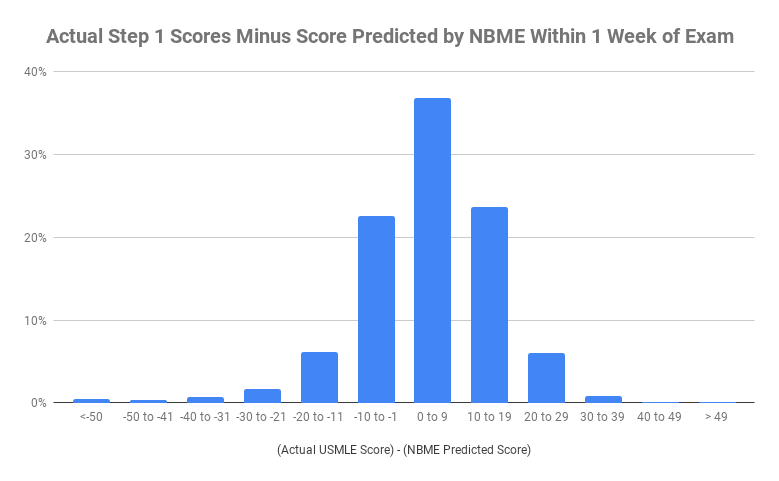

Though the NBME explicitly owns all practice exam content including images, audio files, video files, and all text from both question stems and answer choices, we believe that through a few careful and strictly enforced rules, discussion of answer choices is permitted under the Fair Use guidelines, as outlined below: Correct answers to practice exams questions are displayed at the end of each exam albeit without any explanation or rationale, which makes reviewing and understanding the concepts behind these questions difficult. The purpose of this subreddit is to discuss the answers to NBME practice exams. THIS SUBREDDIT AND ITS CONTENTS ARE IN NO WAY, SHAPE, OR FORM, AFFILIATED WITH THE NATIONAL BOARD OF MEDICAL EXAMINERS (NBME). THIS SUBREDDIT AND ITS CONTENTS ARE IN NO WAY, SHAPE, OR FORM, AFFILIATED WITH THE NATIONAL BOARD OF MEDICAL EXAMINERS (NBME).A biopsy specimen of the bladder shows marked chronic inflammation with fibrosis and scattered granulomas. Imaging studies show bilateral hydroureter and hydronephrosis and foci of calcification in the region of the bladder. Physical examination shows suprapubic tenderness. Temperature is 38.0☌ (100.4☏), pulse is 80/min, respirations are 16/min, and blood pressure is 110/84 mm Hg. He lived in sub-Saharan Africa until he came to the USA 6 months ago for graduate school. He also has had episodes of blood in his urine during the past 5 years. It is most appropriate to obtain specific additional history regarding which of the following in this patient?Ī 28-year-old man comes to the office because of a 1-year history of pain with urination that has increased in severity during the past month.

Deep tendon reflexes are absent throughout. He moves all extremities in a limited, guarded manner. There is marked swelling and tenderness to palpation of the elbow, wrist, knee, and ankle joints. Multiple ecchymoses and petechiae are noted over the trunk and all extremities. Dentition is poor, and gingivae bleed easily to touch. Examination of the scalp shows erythematous hair follicles. On examination, he appears alert but does not speak or make eye contact. Use of acetaminophen has provided minimal relief of his pain. His mother says he has lost six baby teeth and has been irritable during this time. (E) Ovarian stromal cells dividing and multiplying rapidlyĪ 6-year-old boy is brought to the office by his mother because of a 1-month history of bleeding gums after brushing his teeth, increasingly severe muscle and joint pain, fatigue, and easy bruising. (D) Failure of functional ovarian cysts to regress after the release of an ovum (C) Endometrium growing outside the uterus (B) Endometrium growing into the myometrium (A) Benign monoclonal tumors arising from smooth muscle cells Which of the following is the most likely cause of the patient's symptoms? Physical examination discloses an enlarged, irregularly shaped uterus with nodularity. The patient is 163 cm (5 ft 4 in) tall and weighs 75 kg (165 lb) BMI is 28 kg/m 2. Her mother and sister underwent hysterectomy at the ages of 39 and 43 years, respectively, because of abnormal uterine bleeding. She has no other history of serious illness and takes no medications. She used an oral contraceptive from the age of 17 years to 40 years, but she discontinued use after she was diagnosed with deep venous thrombosis of the right lower extremity. Use of acetaminophen and ibuprofen has provided minimal relief. During the past year, menstrual periods have occurred at 21- to 28-day intervals and lasted 10 to 12 days with increasingly severe pain. Previously, menses occurred at regular 28-day intervals and lasted 3 days with minimal cramping. A 42-year-old nulligravid woman comes to the office because of a 1-year history of increasingly irregular vaginal bleeding and menstrual cramps.


 0 kommentar(er)
0 kommentar(er)
